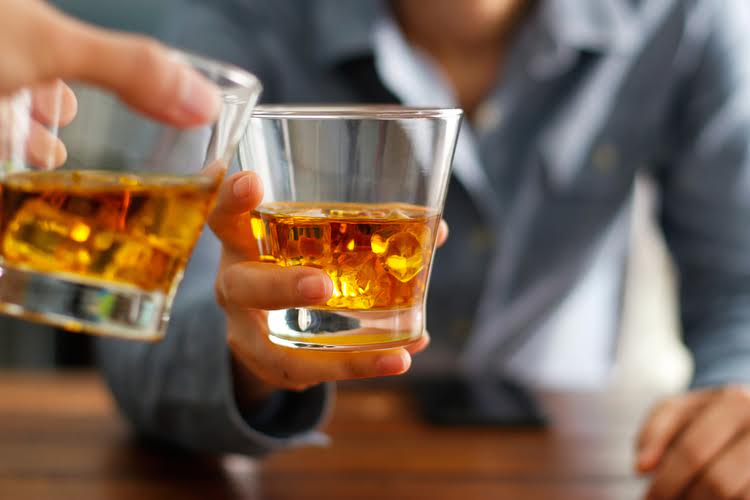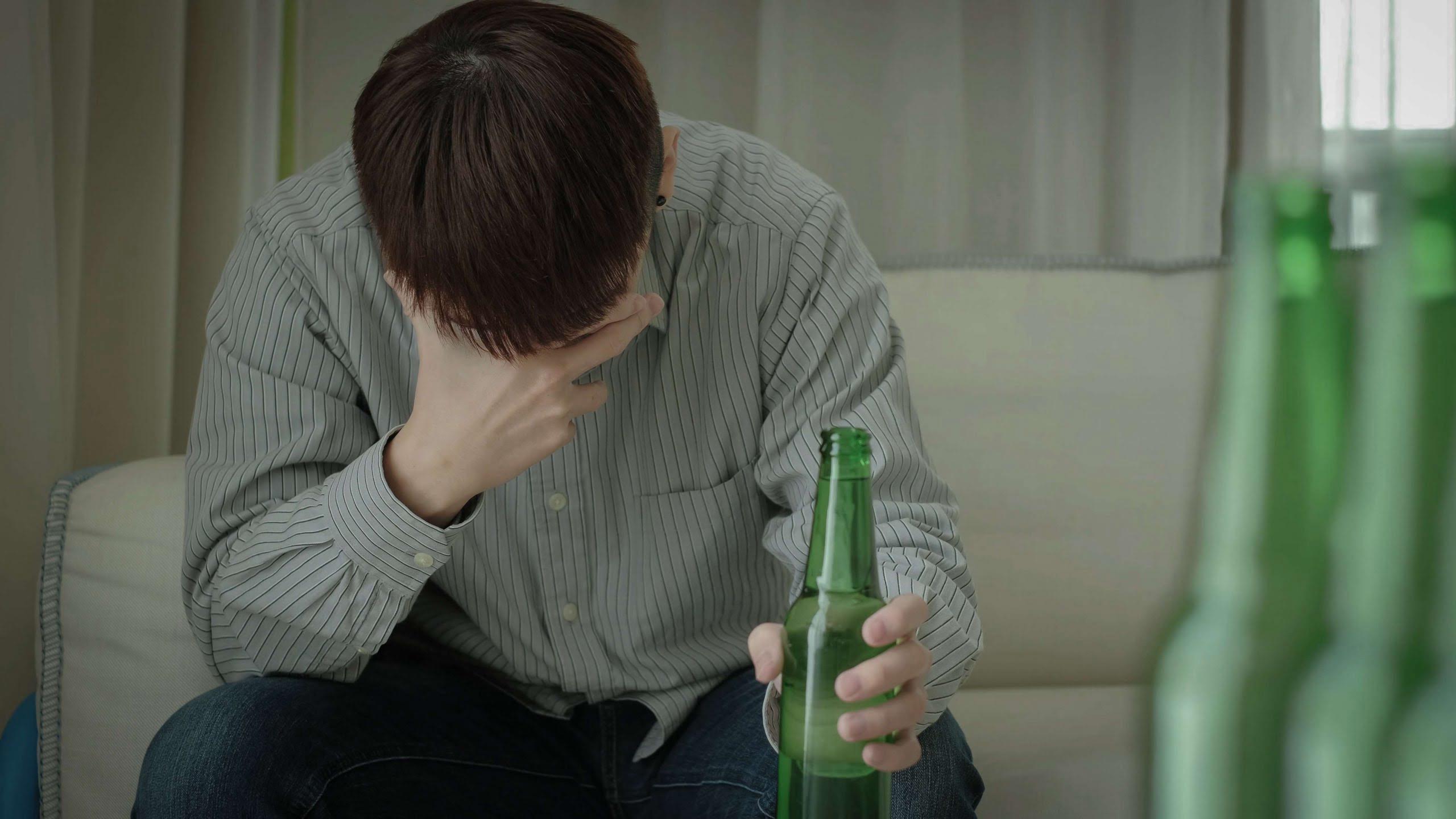Contents:
The reason may be that alcohol tamps down working memory and therefore sparks people to think outside the box. Despite being aware of these harmful outcomes, many people who use drugs continue to take them, which is the nature of addiction. It’s common for a person to relapse, but relapse doesn’t mean that treatment doesn’t work.
In addition to ongoing mental health support, enhancing an individual’s “recovery resources” is also important. Providing education, job training and employment connections, supportive housing, physical activity, and social integration in families and the community can all help individuals stay in remission. Research in animals shows that having more self-determination and control over eco sober house rating one’s environment can help facilitate adaptive brain changes after ending substance use. For many, beer, wine, and spirits conjure up thoughts of social gatherings and tipsy fun. But alcohol is a nervous system depressant and easily alters behavior, culminating in some cases in the emotional pain and physical disintegration of alcohol addiction, colloquially known as alcoholism.
Having a tolerance to alcohol means it takes more and more drinks to produce the same effect. Your outlook will depend on your ability to stop drinking. Many people who seek treatment are able to overcome the addiction.
Why involuntary treatment for addiction is a dangerous idea
Sometimes people are even encouraged to “section themselves” as a way to ensure placement in a treatment facility. Another patient of mine, desperate for care, ended up going through the process, which he later told me was utterly traumatic. Instead of the care he needed, he was thrust into a carceral experience and described being demeaned by the guards. Feeling ashamed and stigmatized, he was scared off from voluntarily seeking treatment again. Substance dependence is a mental health problem, not a choice.

Although the specific genes have not been pinpointed, genetic makeup nevertheless plays a major role in the addictiveness of alcohol. Our eye color, our hair color, what foods we like, and how we react to missing a putt playing mini-golf https://sober-house.net/ is all dependent on genetics. A genetic predisposition to alcoholism can also be passed along. Only the tendency toward alcoholism can be inherited; having inherited genes from alcoholic parents does not guarantee an alcoholic lifestyle.
Studies show that repeated use of a substance , encouraged by a surge in dopamine, creates changes in the wiring of the brain—and those changes are reversible after drug use stops. If you’re looking for an effective, affordable option that won’t disrupt your life, Ria Health can help. Our convenient telemedicine app puts recovery coaching, medication for alcoholism, support groups, and tools for tracking your progress right at your fingertips. In theory, these stages of addiction can happen so gradually that people don’t realize how out of control their drinking has become until they’ve reached the middle or late stage.
How Does Someone Become an Alcoholic?
Researchers will use brain scans and other tools to assess more than 10,000 youth over a 10-year span. The study will track the links between substance use and brain changes, academic achievement, IQ, thinking skills, and mental health over time. Some people prefer to try cutting back or quitting on their own before committing time and money to rehab. And there are a few approaches that can identify and combat drinking at an early stage.
Studies show that having multiple ACEs puts children at risk of poor school performance, unemployment, and high-risk health behaviors including smoking and drug use. During this stage, a person experiences the rewarding effects of alcohol, such as euphoria, the reduction of anxiety, and the easing of social interactions. By the time alcoholism progresses to the middle stage, drinking is frequent and consistent. Alcohol begins to have a negative impact on the person’s relationships and health.
Synthetic cannabinoids, also called K2 or Spice, are sprayed on dried herbs and then smoked, but can be prepared as an herbal tea. Despite manufacturer claims, these are chemical compounds rather than “natural” or harmless products. These drugs can produce a “high” similar to marijuana and have become a popular but dangerous alternative. Stigmatizing terms like “addict” reduce the life of a person down to a label and impact our ability to be compassionate helpers who see them in their wholeness. Alcohol is the most used recreational drug, and unfortunately, for those who enjoy drinking for relaxation and recreation, this is unwelcome news.
- If you or a loved one are addicted to alcohol, take a look at yourtreatment optionsat The Recovery Village.
- Many different theories of addiction exist because they weight the role of contributing factors differently.
- There are also other support groups that don’t follow the 12-step model, such as SMART Recovery and Sober Recovery.
- Essentially though, alcohol is addictive because it becomes needed to feel normal.
- Let your teen know that it’s not OK to share medicines with others — or to take drugs prescribed for others.
There are several organizations geared specifically to treating the families of alcoholics, including Alanon. Methamphetamine, opiates and cocaine are highly addictive and cause multiple short-term and long-term health consequences, including psychotic behavior, seizures or death due to overdose. Opioid drugs affect the part of the brain that controls breathing, and overdose can result in death. If your drug use is out of control or causing problems, get help. The sooner you seek help, the greater your chances for a long-term recovery. Talk with your health care provider or see a mental health provider, such as a doctor who specializes in addiction medicine or addiction psychiatry, or a licensed alcohol and drug counselor.
More in The Road to Recovery with Alcohol Dependence
He has conducted research in sound, cognition, and community building, has a background in independent music marketing, and continues to work as a composer. Evan is a deep believer in fact-based, empathic communication—within business, arts, academia, or any space where words drive action or change lives. Take our quick alcohol use assessment to find out where you stand. Our website services, content, and products are for informational purposes only.

A healthy brain rewards healthy behaviors—like exercising, eating, or bonding with loved ones. It does this by switching on brain circuits that make you feel wonderful, which then motivates you to repeat those behaviors. In contrast, when you’re in danger, a healthy brain pushes your body to react quickly with fear or alarm, so you’ll get out of harm’s way. If you’re tempted by something questionable—like sober houses in boston eating ice cream before dinner or buying things you can’t afford—the front regions of your brain can help you decide if the consequences are worth the actions. NIH-funded scientists are working to learn more about the biology of addiction. They’ve shown that addiction is a long-lasting and complex brain disease, and that current treatments can help people control their addictions.
Women’s Stress Can Skyrocket During the Holidays
They may have powerful mood swings that seem to change their personality. Relationships may deteriorate, as their social circle narrows to other drug or alcohol users. Their work may decline as well, and they may lose a spiritual or religious practice they once valued. Mild is classified as 2 to 3 symptoms, moderate is classified as 4 to 5 symptoms, and severe is classified as 6 or more symptoms, according to the DSM-5. Constant stimulation of dopamine, as with consistent alcohol abuse, actually causes an overall decrease in dopamine. Tolerance builds with increased drinking, but this inability to feel pleasure without dopamine is what actually causes increased drinking.
What role does childhood trauma play in addiction?
Drinking too much on a regular basis for an extended period or binge drinking on a regular basis can lead to alcohol-related problems or alcohol use disorder. Why is it that some people can drink socially and not become addicted while others become alcoholics? The reason has to do with a combination of genetic, physiological, psychological and social factors. Using alcohol with medicines can increase the risk of accidental overdose. Let your teen know that it’s not OK to share medicines with others — or to take drugs prescribed for others. Emphasize the importance of taking the prescribed dose and talking with the health care provider before making changes.
Then, the person is picked up by police and detained to come before a judge, much like being arrested for an alleged criminal offense. One recent analysis found a sobering relationship between alcohol and health. Alcohol consumption was also linked to a greater risk for stroke, coronary disease, heart failure, and fatally high blood pressure.








